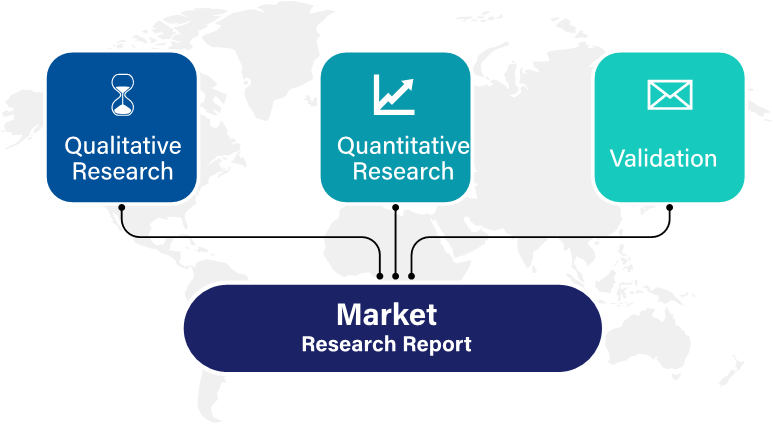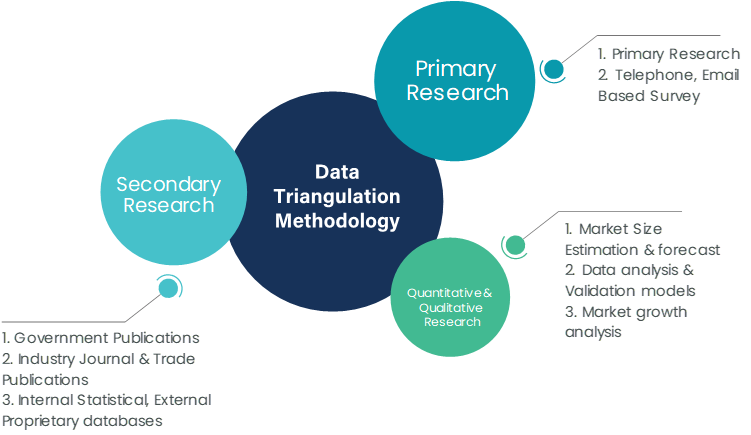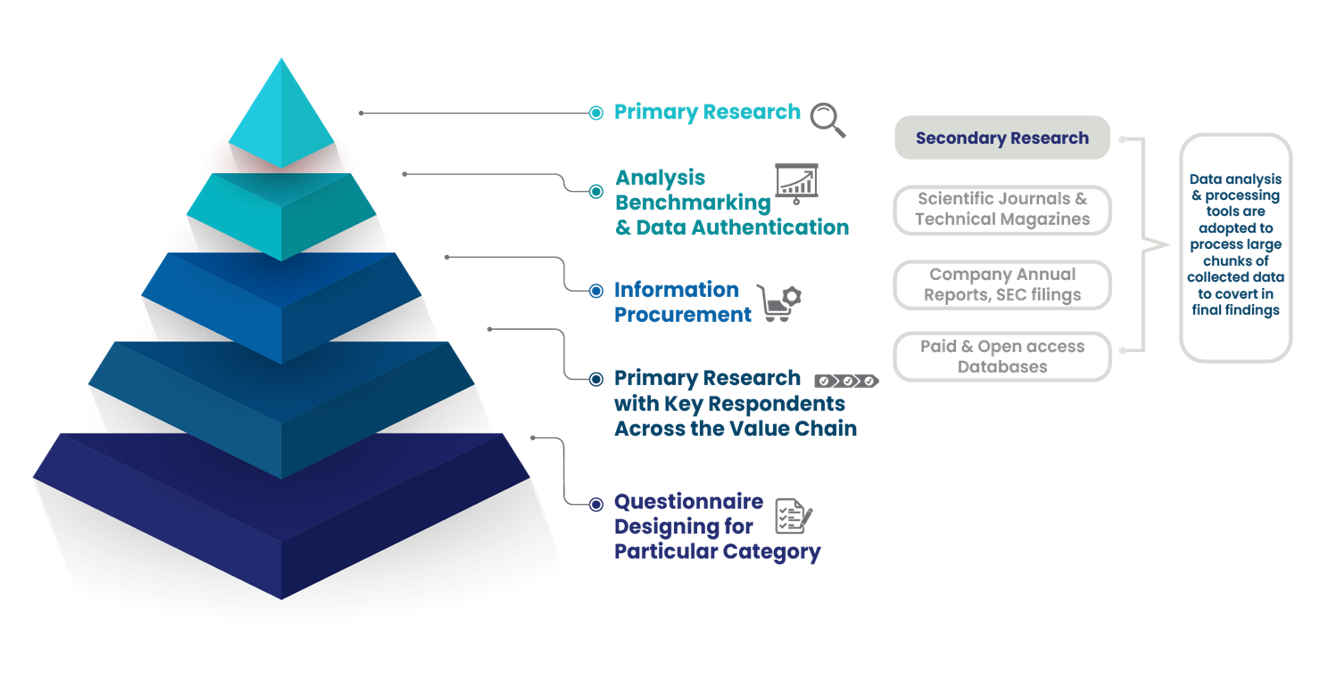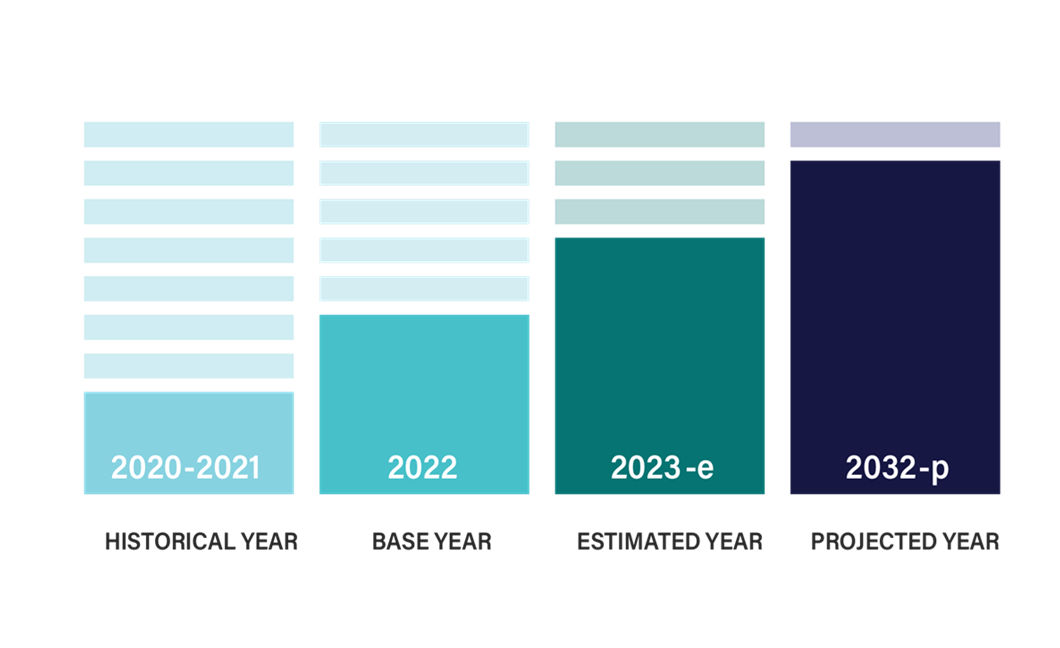

The global sustainable products market has witnessed significant growth in recent years, driven by increased consumer awareness about environmental issues, corporate responsibility, and regulatory pressures. As the world faces challenges like climate change, resource depletion, and pollution, demand for sustainable products is expected to rise exponentially through 2031. This report provides an in-depth analysis of the market trends, forecasts, and key drivers shaping the sustainable products market from 2024 to 2031.
In 2024, the sustainable products market is expected to reach an estimated valuation of USD 430 billion, growing at a compound annual growth rate (CAGR) of approximately 9.2% from 2023. The market is primarily driven by demand across multiple industries, including food and beverage, personal care, fashion, packaging, and construction materials. Increasing consumer preference for eco-friendly alternatives, coupled with government regulations aimed at reducing carbon footprints and encouraging circular economies, is further propelling market growth.
Sustainable products refer to goods that are manufactured, sourced, and distributed in an environmentally responsible manner, minimizing negative ecological impacts. These products use renewable resources, promote recycling and reuse, and aim to reduce carbon emissions across their lifecycle.
Consumer Preferences
Consumers are becoming more eco-conscious and demanding products that have minimal environmental impact. A survey conducted by IMR found that 78% of consumers in developed markets, such as North America and Europe, actively seek sustainable products. By 2027, it is estimated that more than 65% of the global population will prioritize sustainability in their purchasing decisions. The rising popularity of clean-label, plant-based, and ethically sourced products are contributing to this shift.
Regulatory Pressures
Governments across the world are introducing stringent environmental regulations aimed at controlling plastic waste, greenhouse gas emissions, and energy consumption. For example, the European Union's "Green Deal" aims to make Europe climate-neutral by 2050, imposing targets for reducing carbon emissions and promoting circular economy practices. The U.S. is also stepping up its regulatory efforts, with initiatives like the Environmental Protection Agency’s Clean Air Act and increased focus on renewable energy sources. These regulations are creating a conducive environment for the adoption of sustainable products in various sectors.
Corporate Sustainability Initiatives
Many global corporations are committing to sustainability goals as part of their corporate social responsibility (CSR) programs. Large players in industries like fashion, food, and consumer goods are shifting towards sustainable sourcing and production processes to meet both consumer demand and compliance with government regulations. According to IMR's research, approximately 60% of Fortune 500 companies have set clear sustainability targets for 2025 and beyond. This commitment is significantly driving the adoption of sustainable materials, packaging, and practices.
The sustainable products market can be segmented into several categories based on the type of products, industries, and regions.
By Product Type
a. Sustainable Packaging Sustainable packaging solutions are projected to dominate the market, accounting for over 30% of market share by 2031. This includes biodegradable plastics, compostable materials, and reusable packaging options. In 2024, the sustainable packaging market alone is valued at approximately USD 120 billion and is expected to grow at a CAGR of 10.5% during the forecast period.
b. Sustainable Fashion The sustainable fashion segment is also witnessing strong growth as consumers become more conscious of the environmental impact of fast fashion. Companies are adopting organic cotton, recycled polyester, and eco-friendly dyes, driving the segment to reach a valuation of USD 80 billion by 2026, up from USD 50 billion in 2024.
c. Sustainable Personal Care Products Eco-friendly personal care products, such as biodegradable skincare and hair care items, are expected to grow at a CAGR of 9.8% from 2024 to 2031. The segment is driven by the rising demand for products that avoid harmful chemicals and minimize plastic waste.
By End -Use Industry
a. Food & Beverage The food and beverage industry has seen a surge in demand for sustainable products, particularly plant-based and organic foods. Consumers are seeking healthier, less environmentally harmful options, driving the market for sustainable foods to USD 140 billion by 2031, with a growth rate of 8.5% annually. The increased use of sustainable packaging in the food industry is also contributing significantly to overall growth.
b. Construction Materials The construction sector is adopting sustainable building materials such as bamboo, recycled steel, and green cement to meet sustainability goals. The sustainable construction materials market is expected to reach USD 90 billion by 2031, expanding at a CAGR of 7.8%. Government initiatives promoting energy-efficient buildings and the rising trend of green certifications like LEED (Leadership in Energy and Environmental Design) are further driving the segment.
By Region
a. North America: North America remains one of the largest markets for sustainable products, driven by regulatory mandates and consumer demand. The U.S. is at the forefront, with a market valuation of USD 120 billion in 2024, projected to grow to USD 200 billion by 2031.
b. Europe: Europe is another key region, with stringent environmental regulations and the EU’s commitment to a circular economy being major growth drivers. The European sustainable products market is expected to grow at a CAGR of 8.7%, reaching USD 160 billion by 2031.
c. Asia-Pacific: The Asia-Pacific region is witnessing rapid growth, particularly in emerging markets like China and India, where industrialization is pushing demand for eco-friendly alternatives. The market in this region is forecasted to grow at a CAGR of 10.2%, reaching USD 100 billion by 2031.
The sustainable products market is expected to grow significantly over the forecast period, reaching a valuation of over USD 750 billion by 2031. The market’s expansion will be driven by increased consumer awareness, regulatory policies, and corporate commitments to sustainability.
Technological Advancement
Innovations in sustainable materials, such as the development of bioplastics and advanced recycling technologies, will play a crucial role in driving market growth. By 2029, it is expected that new materials will account for over 15% of the sustainable products market, opening new opportunities for manufacturers and consumers alike.
Investment in Circular Economy
The shift towards a circular economy, where products are designed for reuse and recycling, will further fuel growth. Companies and governments are investing in circular solutions that minimize waste and extend product lifecycles. By 2031, it is projected that more than 50% of global packaging will be part of a circular system.
Challenges and Opportunities
While the market presents numerous growth opportunities, there are challenges, including high production costs of sustainable materials and limited consumer willingness to pay a premium for eco-friendly products. However, as economies of scale improve and technological advancements lower costs, these challenges are expected to diminish.
Key Players
Unilever
Procter & Gamble
Nestlé
The Coca-Cola Company
PepsiCo
L’Oréal
Danone
Patagonia
The Body Shop
IKEA
H&M (Conscious Collection)
Levi Strauss & Co.
Nike (Sustainable product lines)
Adidas (Parley for the Oceans collaboration)
Tetra Pak
Dell Technologies (Sustainable packaging and recycling programs)
Apple Inc. (Sustainable materials in products)
HP Inc. (Sustainability in IT hardware)
Tesla Inc.
BASF SE
Johnson & Johnson (Sustainable personal care products)
Kimberly-Clark Corporation
Colgate-Palmolive
General Mills
Estee Lauder
Lush
Seventh Generation
Method Products
Ecover
Eco-Products, Inc.
The sustainable products market is on a growth trajectory, driven by environmental concerns, regulatory frameworks, and shifting consumer preferences. With continued innovation and commitment to sustainable practices, the market is expected to reach USD 750 billion by 2031. Companies that invest in sustainable product development today will not only meet consumer demand but also contribute to a more sustainable future.
International Market Research follows a comprehensive research methodology dedicated to offering the most accurate market estimation and analysis. It leverages a data triangulation methodology to estimate the market dynamics and deliver precise estimations. The company exploits a combination of top-down and bottom-up approaches for classifying and assessing quantitative aspects of the market.

This research study is based on exhaustive quantitative and qualitative analysis.
The Quantitative analysis involves numerous models, mathematical tools, projection, and sampling techniques. It encompasses the following steps:
Recognize market variables and derive market size.
Valuation of prospects, opportunities, and market penetration rates by analyzing Application Predictive Maintenance Solutionzation, regional trends, etc.
Gauge historical market trends and derive present and future year-on-year growth trends
The qualitative analysis covers briefing about market dynamics and business opportunities and strategies. Lastly, all the research findings are authenticated over interviews with in-house industry experts, freelance consultants, and key opinion leaders, etc.


The preliminary raw data and relevant information are acquired via different sources such as secondary findings, trade surveys, and in-house repositories. Technical issues and trends are attained from technical symposia, surveys, and trade journals. Market dynamics such as driving factors, restraints/challenges, pricing trends, and opportunities are also collected using extensive secondary research via paid and open access data sources.
This info is then filtered to make sure that the related data including market trends, industry dynamics, and outlook is retained for the further research End-user. Data is constantly filtered to confirm that only authenticated sources are measured.
It comprises analysis & mapping of all the data gathered from the above step. It also includes the analysis of data differences observed across numerous data sources and arrives at final data points to be used for final calculations.
This step involves data End-user using various models, mathematical tools, projection, and sampling techniques to derive market findings. It also involves the placement of data points at suitable market spaces to gather viable conclusions.
Market estimates and forecasts are derived via simulation models. Collected data for market dynamics, Propulsion Type sets, pricing trends, and Type development is fed into the model and evaluated simultaneously. These factors are studied on a comparative basis, and their influence over the prediction period is quantified by means of regression, correlation, and time-series exploration. Analyst viewpoint & subject matter expert-based heuristic form of market sizing also plays an essential part in this step.
Some of the parameters measured as a part of the statistical model are:
Macro-economic indicators
Micro-economic indicators
Socio-political indicators
Environmental indicators
Propulsion Type indicators
Validation End-user aids to finalize data points to be used for final calculations. Primary Interviews are conducted to authenticate the data and analysis.
Primary research includes questionnaire-based research, email interactions, online surveys, and telephonic interviews. Interviewees are approached by prominent companies across the value chain including suppliers, Propulsion Type providers, domain experts, and buyers to ensure a holistic and unbiased picture of the market.
Industry participants involved in this research study include:
CEOs, VPs, market intelligence managers
Procuring and national sales managers technical personnel, distributors, and resellers
Research analysts and key opinion leaders from various domains
Our research methodology includes an ideal combination of primary and secondary initiatives.

Source: International Market Research Analysis, 2024
It involves company databases such as Hoover's: This assists us to recognize financial information, the structure of the market participants, and the industry competitive landscape.
The secondary research sources referred to in the End-user are as follows:
Supply Chain and Inventory Managemental bodies, and organizations creating economic policies
National and international social welfare institutions
Company websites, financial reports and SEC filings, broker and investor reports
Related patent and regulatory databases
Statistical databases and market reports
Corporate Presentations, news, press release, and specification sheet of Manufacturers
Open access and paid data sources:
Eurostat
Statista
OneSource
Plastemart
WHO and World Bank
ITU
Factiva
Hoovers
Primary research includes online surveys and telephonic interviews.
Means of primary research: Email interactions, telephonic discussions, and questionnaire-based research, etc.
To validate our research findings and analysis, we conduct primary interviews of key industry participants. Insights from primary respondents help in validating the secondary research findings. It also develops Research Team’s expertise and market understanding.
Industry participants involved in this research study include:
CEOs, VPs, market intelligence managers
Procuring and national sales managers technical personnel, distributors, and resellers
Research analysts and key opinion leaders from various domains
We employ of following parameters in the absence of concrete data sources:
We assign weights to various parameters and quantify their market influence with the help of weighted average analysis, to derive an expected market growth rate
Income distribution, purchasing pattern, per capita income, and other end-user associated parameters
GDP, inflation rate, per capita disposable income, etc.
Expenditure, financial policies of the country, infrastructure and sector growth, and facilities

Source: International Market Research Analysis, 2024
International Market Research(IMR) is global leader in Market Research & Consulting services.